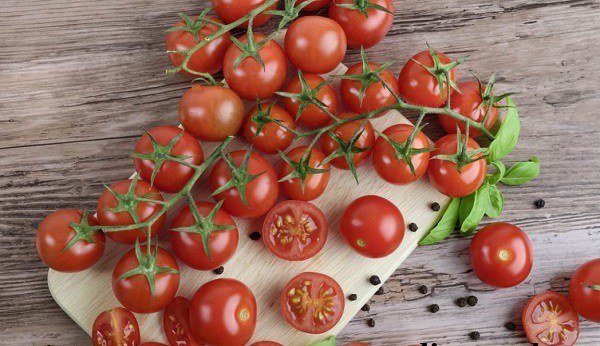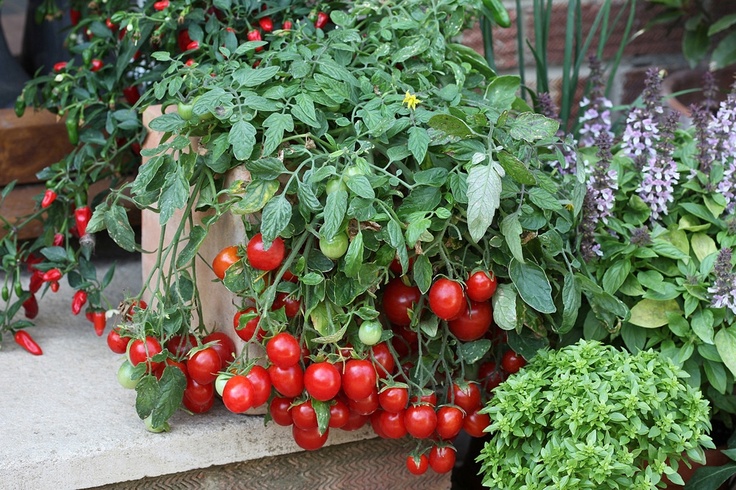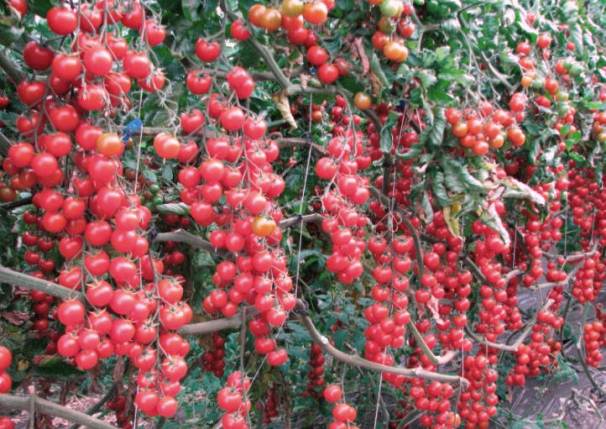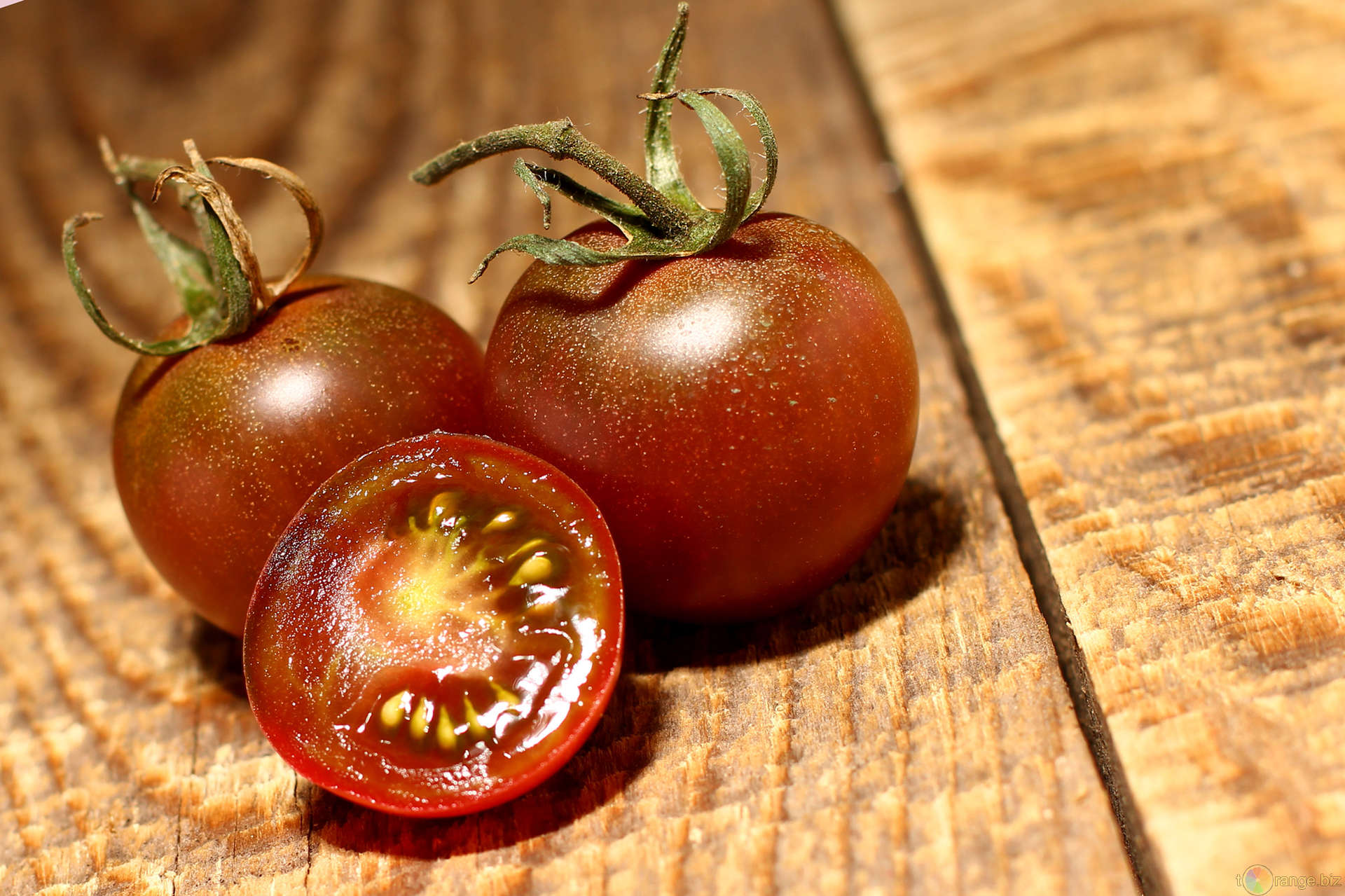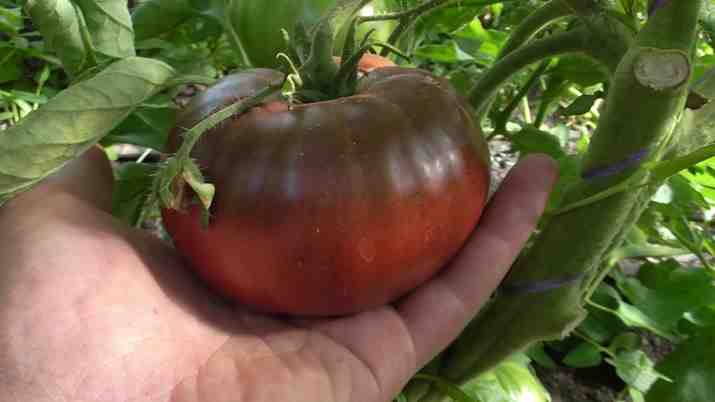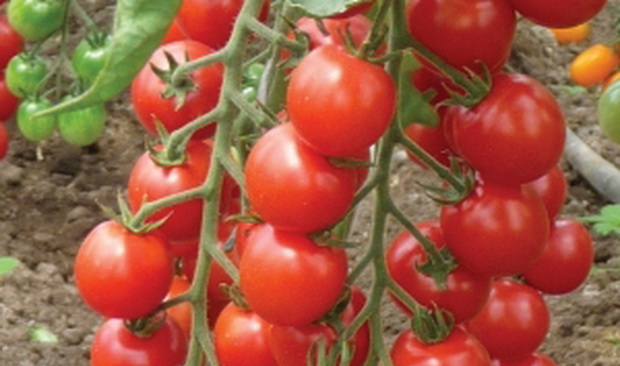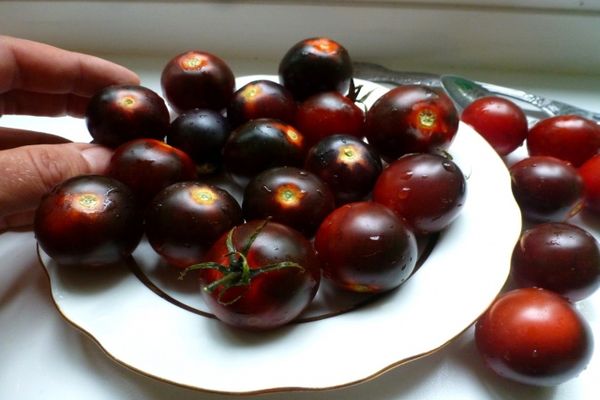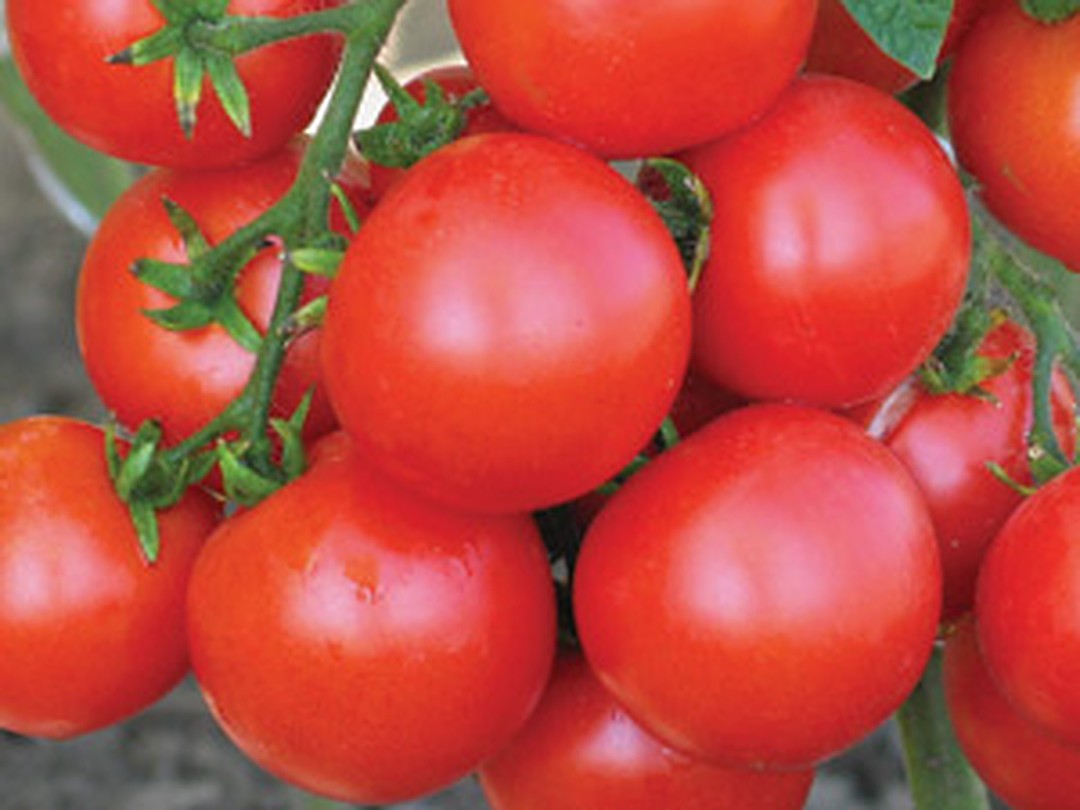Content:
Small rounded tomatoes are of the Cherry variety. They began to be cultivated at the beginning of the 19th century. These kids come from Peru. They are characterized by low fruit weight and high sugar content. One of the most popular types is the Sweet Cherry tomato.
Characteristics of Sweet Cherry tomato
According to the description and characteristics, Sweet Cherry tomato is a tall, early maturing variety. It grows up to two meters. Garter required. It is better to form bushes on trellises.
You can plant not only in the greenhouse, but also in the open field. Many amateur gardeners grow the Svit Cherry f1 tomato at home. Although the Sweet Cherry tomato is not afraid of temperature changes, it is worth planting seedlings in open ground only after the frost stops.
Ripe fruits can be plucked 75-80 days after planting the seeds. Tomatoes are small, weighing 20-30 grams. The skin is firm, the flesh is tender and firm. The color of the berries is red, they look like cherries. The taste is sweet, tomato. The second name of these tomatoes is the Candy Tree. Bred varieties with yellow and orange fruits.
Berries are collected in a cluster of 40-50 pieces. They do not crumble from the stalk, they hold tight. The yield of the species is high - up to 8 kg per square meter. At the stage of technical ripeness, it is the brushes that are harvested. Stalked tomatoes are stored for a long time and tolerate transportation well.
Fruiting until the first frost. The greenhouse can be grown all year round.
Tomato Candy tree looks beautiful not only on the bush, but also in dishes. They are used to decorate salads, main courses and even cocktails. They are also suitable for drying and preserving.
Sweet Cherry tomato growing technology
In the southern regions of Russia, this variety can be sown directly into the soil. In the middle lane and to the north, Sweet Cherry tomatoes are grown in seedlings.
Before sowing, the acquired seeds are disinfected with a manganese solution. For better germination, seeds after treatment with manganese are kept for 20-30 minutes in a growth stimulator. For example, this is Zircon, Epin, Athlete, Kornevin. Sweet Cherry seeds are planted in late February - early March.
It is better to take the soil purchased. It is lightweight and enriched with essential minerals. First of all, the soil is disinfected by heating in an oven or freezing. After processing, the substrate is laid out in boxes and moistened. The soil should be moist, but not wet. Grooves are made on the soil surface at a distance of 1.5-2 cm from each other. Prepared seeds are laid out in them at intervals of 1.5 cm, covered with a layer of soil, no more than 1 cm thick, and lightly tamped. The seeds should be close to the ground.
When all the seeds have been sown, the boxes are covered with plastic wrap to maintain constant humidity. After seed germination, the film is removed.
After the formation of two true leaves, the seedlings are transplanted into peat cups. Water in moderation. Seedlings should be provided with good lighting. On cloudy days, fluorescent lamps are used.
A week before landing on the site, the seedlings are taken outside for hardening. Another sign of the imminent planting of tomatoes is the formation of the sixth leaf.
Fertilizers are applied to the tomato planting site: 1 bucket of humus, 2 tbsp. l. superphosphate, 2 tbsp. l. potassium nitrate, 1 tbsp. l. ammonium nitrate. This quantity is calculated per square meter. The soil is dug up and holes are formed according to the scheme 50x70 cm. The hardened seedlings, together with peat cups, are planted in the holes and watered well.
Water the plants 1-2 times a week. During the season, it is required to feed with complex fertilizers twice. Be sure to loosen the soil in the holes and remove weeds.
After the formation of the first brush with an ovary, all leaves growing below are removed. This promotes faster and more harmonious ripening of berries. Remove the leaves under each brush.
When growing in a greenhouse, be sure to ventilate the room. Sweet Cherry does not grow well in high humidity.
Diseases and pests
Sweet Cherry, like many hybrids, is resistant to Solanaceae diseases. Only with high humidity, thickening of plantings and an abundance of weeds can plants be affected by fungal diseases such as late blight, gray and white rot. Subject to the cultivation technique for prevention, before flowering, you can process the planting with garlic infusion.
Garlic has antifungal properties. To prepare the infusion, you will need one glass of chopped garlic cloves. Garlic shoots can be used. Pour garlic with 10 liters of water and leave for 24 hours. Strain, add 2 gr. potassium permanganate and spray the plants.
Pros and cons of the variety
The pluses of the Sweet Cherry species include the following:
- Early ripening of fruits;
- The berries are formed and ripen throughout the season;
- Immunity to fungal diseases;
- Ornamental qualities of bushes and fruits;
- Excellent taste;
- Variety of ways to use;
- Year-round cultivation indoors;
- Long shelf life.
Cons - the need to form a bush and the constant removal of stepsons.
It is not necessary to buy beautiful tomatoes in the store. It is much better to grow them on your plot or at home on the balcony. The cultivation technology is simple and even an inexperienced gardener can do.
